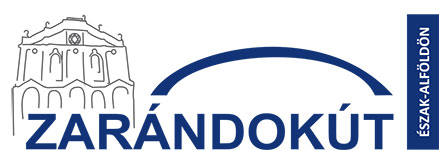Nagykálló
The former chief town of Szabolcs county formed its first Jewish community several centuries ago. Due to several attacks on the settlement, its members frequently moved but eventually they always came back. As written records confirm, by the 18th century there was a well-organized Jewish community in Nagykálló.
In 1781, Eizik Taub was elected chief rabbi of the county. As the founder of the Hungarian Hasidic community, he was already a legend during his lifetime: one of the most respected rabbis, a real tzadik – true man. People were coming to him for answers, advice and blessings.
His Spanish ancestors moved to Hungary in order to avoid the Inquisition and settled down in Szerencs. Eizik Taub studied in the yeshiva of Nikolsburg and after returning to Hungary, he became a private tutor in Nagykálló. In this serene village he did not have much to do, so he spent most of his time working, reading the Bible and observing nature. He was usually found among shepherds in the fields and this is the reason, why the most well-known Hungarian Jewish folk song “Szól a kakas” was born. The Rabbi heard one of the shepherds singing a melody and he added his words to it. Then the song started to spread among community members and soon became a trademark for Hasidic gatherings all over the country.
The Wonder-Working Rabbi passed away in 1821, at the age of 70. His grave is visited regularly, especially on the 7th of Adar, on the anniversary of his death.
There are two cemeteries in Nagykálló to preserve the memory of the once thriving Jewish community.
The Wonder-Working Rabbi Taub’s ohel – a tent-like grave – is surrounded by a few old tombstones commemorating his Sephardi roots. His gravestone bears an epitaph which he wrote himself: “Here lies Rebbe Eizik, rabbi of the sacred community of Nagykálló”.
The other, still functioning cemetery has the grave of Menachem Brody, whose yeshiva was well-known all across Europe during the 19th century.
Nagykálló is a perfect destination for art-lovers too. Imre Ámos, known as the Hungarian Chagall, was born and raised in Nagykálló. He was inspired by the daily life of the Hasidic community, therefore most of his paintings were based on this theme. He died in 1944 in a labor camp.
To visit the cemeteries, please contact us in advance.
For further information call Gábor Blajer: +36 30 224 7349.








